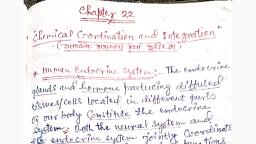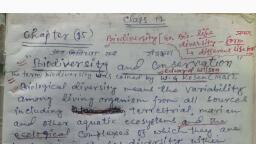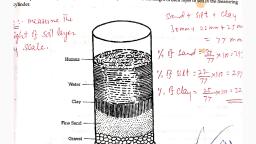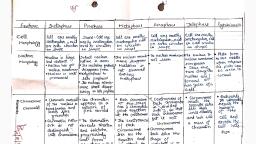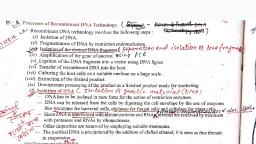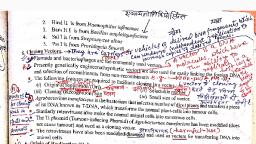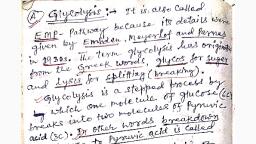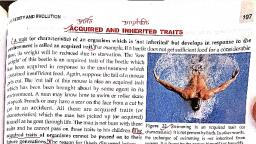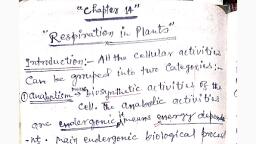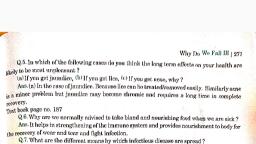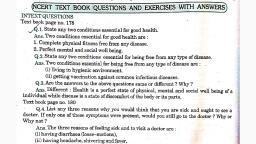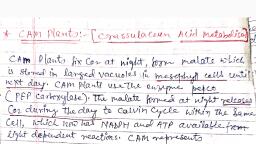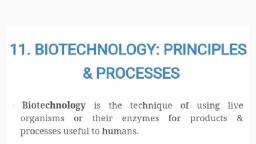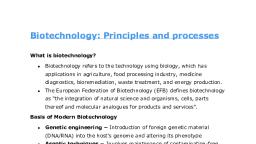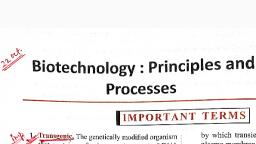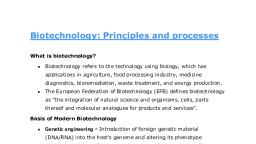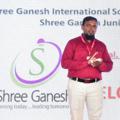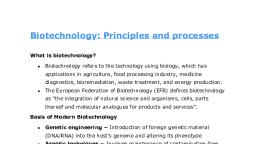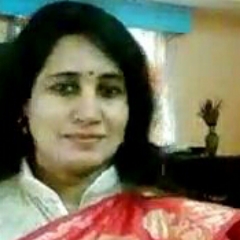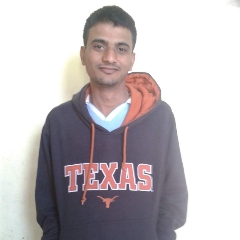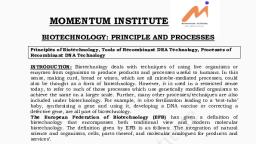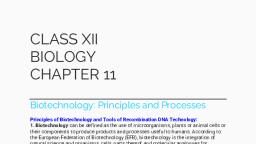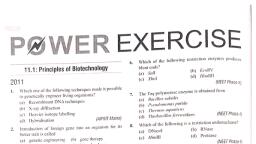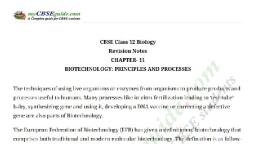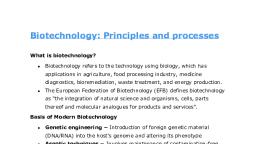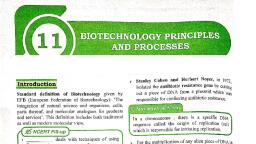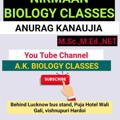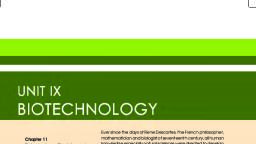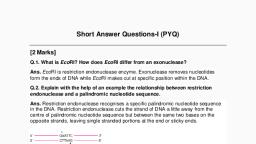Page 1 :
br, 22, , Biotechnology: Principles and, Processes, IMPORTANT TERMIS, ransgeniç,, , The genetically modified organism, , that contains, , foreign gene/segment of DNA, and expresses it, is called a transgenic., Gene Cloning. Gene cloning refers to the, technique of obtaining identical copies of a, particular DNA segment or a gene.., Plasmid. Plasmid refers to the extrachromosomal, circular DNA molecule that, a, , replicates autonomously (along with the, , chromosomal DNA) in a bacterial cell, 4.RecombiantDNA (rDNA). It is the DNNA, formed by Combining DNA from two different, , Ta, Recognition Site/Sequence:, organisms., , Jinun, , by which transie, plasma membran, the entry of foreig, 9. Microinjection., technique of intr, host cell by injec, nucleus by using, 10. Gene Gun/ Biol, bombarding micr, particles) coated, great velocity int, , KGene Therapy., , topethen, It is the specific, , base sequence of DNA, (of six base pairs) where, the restriction enzyme cuts the DNA., 64,Palindromes. Palindromes are groups of letters, that form the same word when read both forward, and backward., 7Sticky Ends. Sticky ends refer to the single, stranded portions at the ends of DNA, when, cut, a, by restriction enzyme., , of replacement o, responsibl for a, , 12. Recombinant Pz, by the expression, , transgenic orga, protein., 13., , Bioconversion, the process(es), biologically conusing, , microbin1
Page 2 :
Bietechnelegy., Botechnology can be defined as the use of microorganisms, plant or animal cells or their, Components, to generate products and services, (processes) useful to human beings., Modem biotechnology is the term used in a restricted sense to refer to, such processes/production, Technologies, that involve genetic cngineering., csaCines, , to imit
Page 4 :
PiloinoyP, , GDTechniques to facilitate thegrowth andmulliplication of only the desired microbes or cellsin, hepeicehl, 2gJlarge, glarge number, înder šterileconditions for the manufacture of biotechnological products. Fe, , engyinee, , The technigues of genetiC engineering include, creation of recombinant DNA (r DNA),, Ai), , amtibio tis,, , use of gene cloning and, , vaccine3,, , e, , gene transfer., first recombinant DNA was constructed by Stanley Cohen and Herbert Boyer (1972)., gene in the bacterium, They cut the piece of DNA from a plasmid carrying antibiotic-resistance, Salmonella typhimurium and linked it to the plasmid of Escherichia coli., cloning) making a number of, This rDNA was introduced into E. coli and made to multiply (gene, , i), The, , mulë a, , Cepres), replicas., or transgenic; they are, steps in creating a genetically modified organism (GMO), are, three, DNA ST uEn), There, genes, genes., desirable, (desimalyle, with, DNA, Identification of, target/host cell., (ti) Introdution of the identified DNA into a, 10IZ6, transfer of the DNA to its progeny.(, host, the, in, DNA, introduced, and, the, Maintenance of, , Za, , 3, , Technology., , $KilteZ7,TFT, Tools of Recombinant DNA, to be acomplished are:, technology, recombinant, the, for, The key tools needed, (ii) Restriction erzymes, , A1E (, , (ii), , DHA, , Cell culture with desired DNA, DNA polymerase, Vector (s), , (iv) Ligases, (vi) Host organism/cell1, , Kar, , s, , 2, , FATa<, , (), 4, Restriction Enzymes., enzymes called nucleases., of, class, a, to, Restriction enzymes belong, They are of two kinds:, the ends of DNA and, from, nucleotides, remove, anywhere in its length (within)., Exonucleases, which, positions, specific, at, fromsolithahwerarespgnsible for, which cut the DNA, enzymes, Y Endonucleases,, two, (1963) 1solated, groups tothe DNAmociieation, Arber, Werner, mëthyl, added, Stewart Linn and, bacteriophage; one of them, restriction endonuclease., of, is called, and, segments, restricting the growth, characterised the first restriction, the DNA into,, cut, other, and, 1Solated, the, enzyme) and, T.J Kelley (I968), Hind II., Smith: K.W. Wilcox and infiuenzae bacterium and called it, Haemophilus, H.O., point by recognising a, particular, a, at, endonuclease from, DNA molecule, always cut the, II, Hind, recognition sequence,, They observed that, called, sequence of six base pairs,, Specific, 1231
Page 5 :
rccognition scquence is a pulindromg, where the sequence of base pairs reads the same on both, the DNA strands, when the oricntation of rening is kept the same, i.c., 5'>3, direction. or 3', dircction., , The, , ', , S'-GAATTC-3', 3-CTTAAG-5, , Each, , Restriction endouclease lunctions by inspecting the length of a DNA sequence änd bindsto, the DNA attherecognition sequence. agh, ene, nuelea, ragtzie, bna, It cuts the two strands, of the double helix'at specific points in' their sugaf-phosphate back bones,, a little avway from the centre, of the palindrome sites, but between the same two bases on both the, strands., As a result, single-stranded portions called sticky ends, are produced at the ends of the DNA; this, stickiness of the ends facilitates the, action of enzyme DNA ligase., When cut by tlie same restriction endonuclease,, the DNA fragments (of the donor as well as, the host/, recipient) yield the same kind, of 'sticky ends' which can be joined end-to-end, by, DNA, ligases., The enzyme cuts both DNA, strands at the same site. JEcoRIcuts, DNA, the, between bases G and A in the, palindrome GAATTTC, , ten onel, , Vector DNA, , s,, , Foreign DNA, , AALEL EL, , G, , HH, Sticky end, , A ATl, , T, , Sticky end, , DNA fragments join at sticky, ends, , Recombinant DNA, Fig 11.1 Steps in formation of recombinant, DNA, , using Eco RL, , Stoam, Karyee, , Pro

